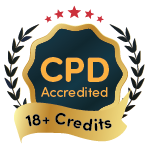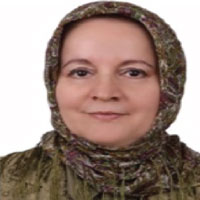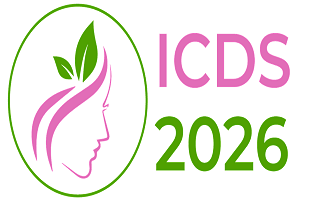3rd International Conference on
Dermatology & Skincare
April 16-17, 2026 | Chicago, USA

Address: 9300 Bryn Mawr Avenue, Rosemont, IL 60018, United States
ICDS 2026

Tehran University of Medical Sciences Iran, Iran
Abstract:
The natural patterned skin of the hands and feet reflect an
original, unique personalized ID.The initial supports of Dermatoglyphics to the biological
anthropology and population Genetics have been referred to Cummins, 1931; Boyed,1940;
Rife,1954;Commins and Midlo, 1961;Neel et al. 1964; Niswander,196).However, definition
of Dermatoglyphics has been created in the Ancient Greek, which includes derma
(skin), and glyph, “Carving.” Based on the focal scientific and medical aims, it also,
called finger prints with focal destinations including the hands’ fingers ‘tip
and palms; and the feets’fingers.Dermatoglyphics
is derived from Ancient Greek, derma, "skin", and glyph,
"carving", is the scientific exploring of
fingerprints, lines, mounts and shapes of hands,
as distinct from the” superficially similar pseudoscience of palmistry.”Partial characteristics of the infants’ dermatoglyphics is
available in ( Liver disorders in infants, 1979).Definition of the finger dermatoglyphics varies in different fields,
including Medicine and Science.
Description of dermatoglyphics also varies in the affected infants with control,
even with same ethnic/racial groups by emphasizing on the higher total ridge count, higher frequency of whorl pattern on the 4th
and 5th fingers, and the diverse mode of palmar Axial Triradius (T-angle). Natural patterned skin of the hands and feet reflects an
extraordinary, unique and the personalized ID, with its critical role in life
and beyond.Light Music
therapy leads to : Improving the life quality
of the patients with chromosomal aberrations,
simply by the light music which corresponds with 40 Hz in gamma sensory
stimulation therapy:1)The balanced mode of brain channels in the patients with Down
syndrome, diagnosed with trisomy of chromosome 21 and presence of semian crease
on the both hands; 2)Flexibility
according to the nature of the moments; 3) Cure the sad moments; 3)Improve the immune system; 4) standardize and up-grade the brain channels’
activity’; and 6)improve and standardize
the interaction between brain channels. By considering
the nature of abnormal patterns on the fingertips, including Arch; ulnar loop,
radial double loop, simple whorl; and double core whorl.The following
complementary points are provided:-As the
warning or hopeful messages, data could
be applied as the aim for further and
prompt action by aiming to prevent,
correct and upgrade the psychological disturbances of the patients
with chromosomal aberrations, including balanced and imbalanced.-Suggestive
points as the complementary application in the patients with chromosomal
aberration (s) including numerical (trisomy, monosomy) and /or structural such
as deletion, balanced and imbalanced translocation, and ring chromosome are required.The control
data of the fingertips and palm, for each population is required for further
comparative study.
Aims
include: 1) prognosis, 2) prediction, 3) repairing/recovery of the target
disturbed characteristic (s) by psychologists and psychotherapists; and 4)
Relying on Neuro-science by exploring the brain channels, through Light Music
based therapy.
Biography:
Parvin
Mehdipour has focused on Cancer-Genetics
in her academic/research life through 34 years in Tehran University of Medical
Sciences. She inspired by puzzling the road maps of Cancer Genetics/Cell Biology. She had
scientific links with DKFZ/,Institutes of Human-Genetics ‘
,Humboldt/berlin,/Dresden-/ Manchester-University’. She performed her PhD thesis
on leukemia at Department of Genetics-Royal Liverpool hospital. She was
exploring on cancer evolution/ hypotheses and biomarkers. Her achievements
included early detection through Circulating-Tumor-Cells in cancer journey and
circulating neural cells in Alzheimer disease; innovating modeling of the
metastatic cancer/personalized cancer managements. She cooperates as reviewer
and associate editor in the International journals. She edited 5 books by
Springer-Nature. She has unmasked the novel single cell based therapy for
different types of the neoplastic disorders including cancer. Her
interests: painting, writing and nutrigenomics.
